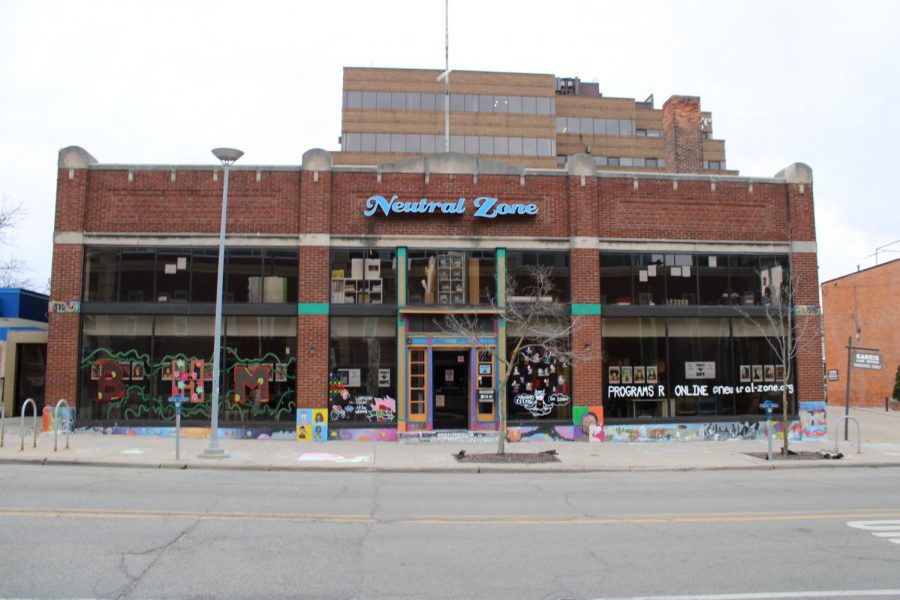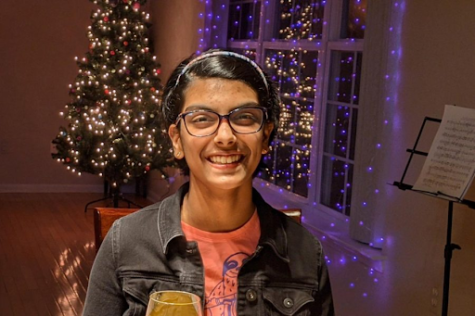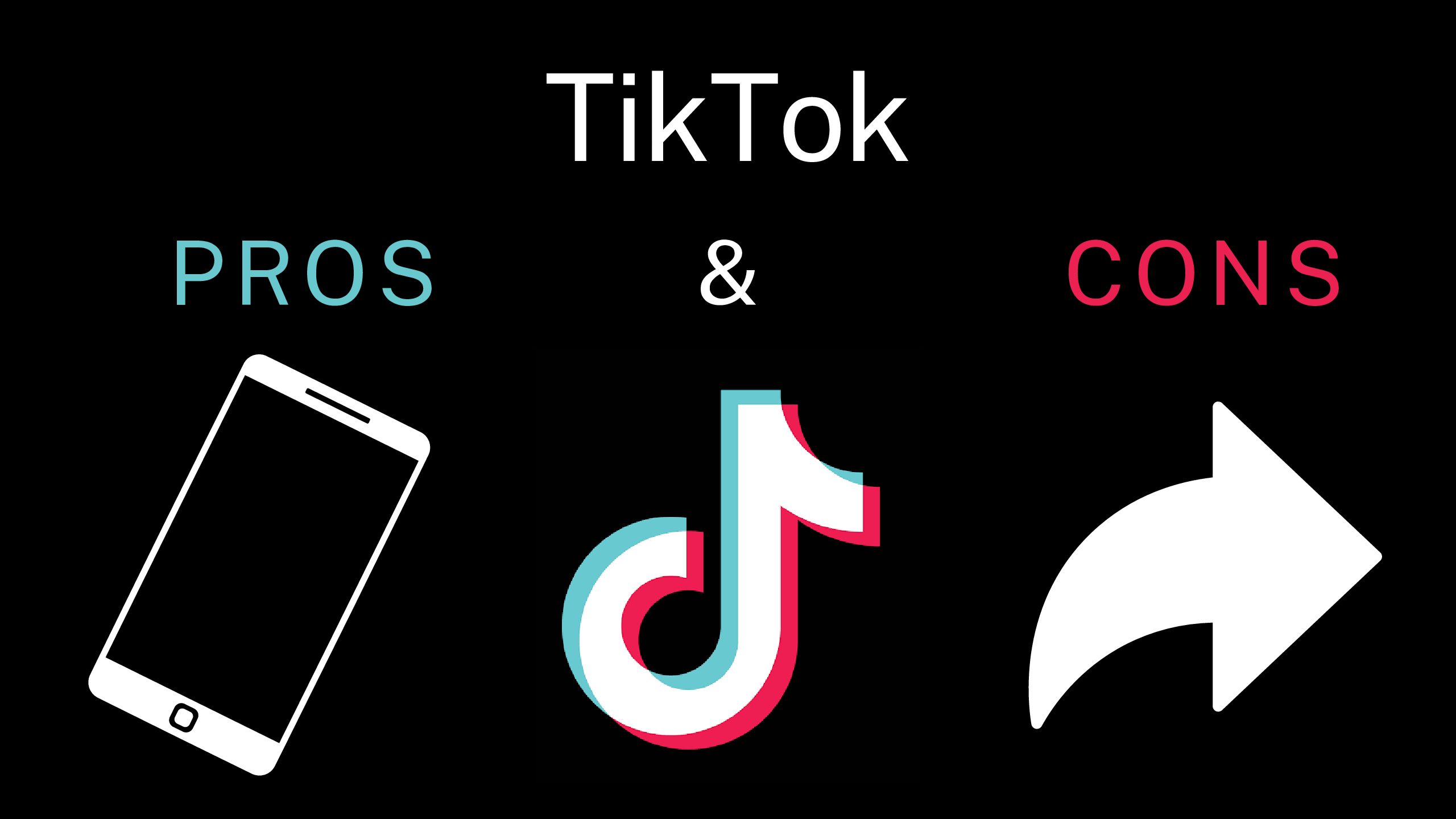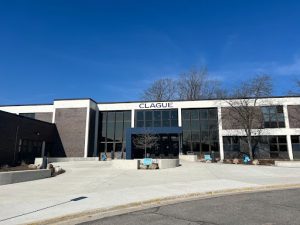Creating Hip Hop in Ann Arbor
The Neutral Zone in Ann Arbor has a recording studio where students can learn about Hip Hop.
March 13, 2021
Music is everywhere. It is found in every culture. Music doesn’t just include what is heard, it includes art and dancing — and it is being created in Ann Arbor with the help of Elliott Sabbagh. Sabbagh is a Orpheum Studio Manager at theNeutral Zone.
Hip Hop was created in New York in the 1970s. It was performed in abandoned buildings, empty parking lots, and other places. Sabbagh explained that Hip Hop contains four elements, disc jockeying (DJ), emceeing, breakdancing and graffiti art. DJs will often “sample” meaning they will make music by playing pieces of songs.
“When Hip Hop was starting, DJs would bring turntables and a mixer to parties,” Sabbagh said. “How that turned into Hip Hop as we know today is the DJ would bring two copies of the same record. Inside this record, there is a section called a break or something that we would call a bridge today, where it is a breakdown of drum beats. They take the two copies of the same record and play one, spin back the other while it plays, to create an endless loop.”
Once the DJ created the endless loops. Emcees created the lyrics for the endless loop.
“Emcees, which essential poets, and spoken word artists would perform poetry and spoken word, known as emceeing, over those breakbeats,” Sabbagh said.
Sometimes, the singer will beatbox by copying the sounds in the music. Breakdancing became important to Hip Hop in its early stages. Breakdancing is fast and freestyle dancing. Two types of dance moves in breakdancing are popping and locking. Popping is when someone flexes and relaxes their muscles quickly. Locking is when someone holds the position they are before starting a new step.
At the Neutral Zone Sabbagh helps educate youth in Hip Hop. There is a emcee workshop where students can learn about emceeing, on how it started to now. There is also a DJ workshop where Sabbagh teaches DJ on two turntables. Along with the DJ workshop, there is electronic DJing, where they will teach with controllers and acupoints. There is also songwriting. As well, there is a music production class, where they will teach how to make beats. In addition, there is a live performance class and venue, where you can perform in front of people.
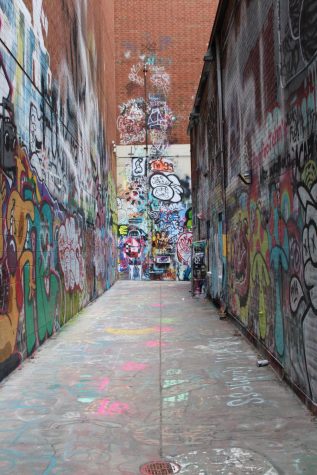
Sabbagh explained that Hip Hop and graffiti go hand in hand.
Graffiti is the last main element of Hip Hop. Graffiti has been around for thousands of years. Because graffiti was mainly in the urban areas, it became a part of Hip Hop’s culture.
“You can see [graffiti] all over, in our streets, alleys and walls,” Sabbagh said. “A lot of people today need to remember to appreciate it is an art form and a very core, central part of what Hip Hop is and where it came from. I think graffiti is misunderstood because many people see graffiti also known as tagging, being done in public places, where people want it to look clean and nice and they think graffiti looks not a part of how well a neighborhood or city would look like if it is clean, not tagged. I think there are appropriate places for graffiti, and there are probably not appropriate places for graffiti.”
Hip Hop is known throughout the world and it is very special to many people. Students can go to the Neutral Zone and learn more about Hip Hop. They also have summer programing for middle school students.


